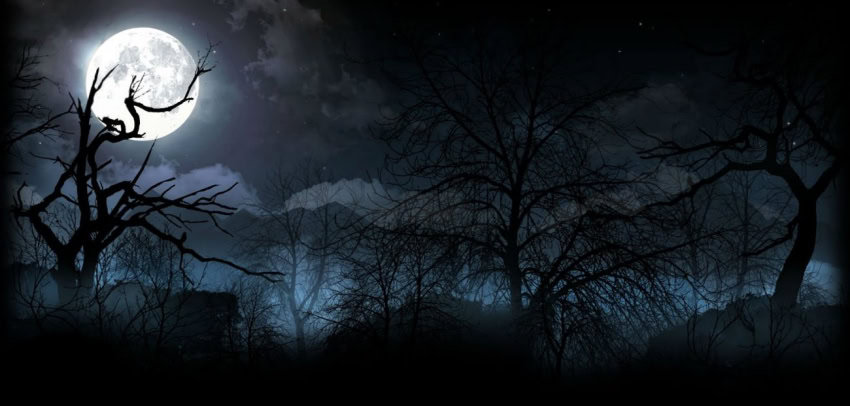LAHORE – Rare sighting of the first and last supermoon of the year is being observed today (Sunday) across the world including Pakistan. The previous sighting to the supermoon was observed back in 2016, which was the first since 1948’s sightings.
December’s is the first of the three back-to-back Supermoon series to appear in the next two months, scheduled January and February.
Supermoons occur when a full moon reaches an orbit where it is the closest to the earth, making the moon appear up to 14 percent larger and 30 percent brighter than usual.
However, in a statement issued Saturday, the Pakistan Meteorological Department (PMD) has denied reports of supermoon sighting in the country and clarified “it would be full moon instead”.
The Met Office also stated that Pakistan is to witness a supermoon in 2034 and not anytime sooner.
https://twitter.com/NASAMoon/status/937083633659207680
“The next full Moon will be Sunday morning, Dec. 3, 2017, appearing “opposite” the Sun (in Earth-based longitude) at 10:47 AM EST,” said NASA’s report on its website. “The Moon will appear full for about three days centred on this time, from later on Friday night through early Monday evening, making this another full Moon weekend.”
As the last full Moon of Autumn, this Moon is known as the Frost Moon or the Moon Before Yule, said NASA’s report. “Since this full Moon occurs about 17 hours before perigee (the Moon’s closest approach to the Earth in its orbit), this full Moon is the first of three supermoons,” it read. “At the time of the full Moon, the Moon will be will only be 492 km (306 miles) further away from the Earth than it will be at its closest (perigee), making it appear 13.6% larger in diameter and 29% larger in area than if it were the distance of apogee on December 18, 2017. In addition, because the Earth will be at its closest to the Sun (called perihelion) in early January, the sunlight reaching and reflecting off the Moon this time of year is about 7% more intense (than at aphelion in early July), making winter-time supermoons even brighter.”
“December’s supermoon is actually the first of three back-to-back supermoon full moons to come in the next two months,” according to www.space.com. “On Jan. 1 and Jan. 31, the full moon will also occur near the moon’s arrival at perigee, according to NASA, which billed the line up as a supermoon trilogy. The Jan. 31 supermoon is also the second full moon of January, making it a Blue Moon, and also occurs during a total lunar eclipse.”














